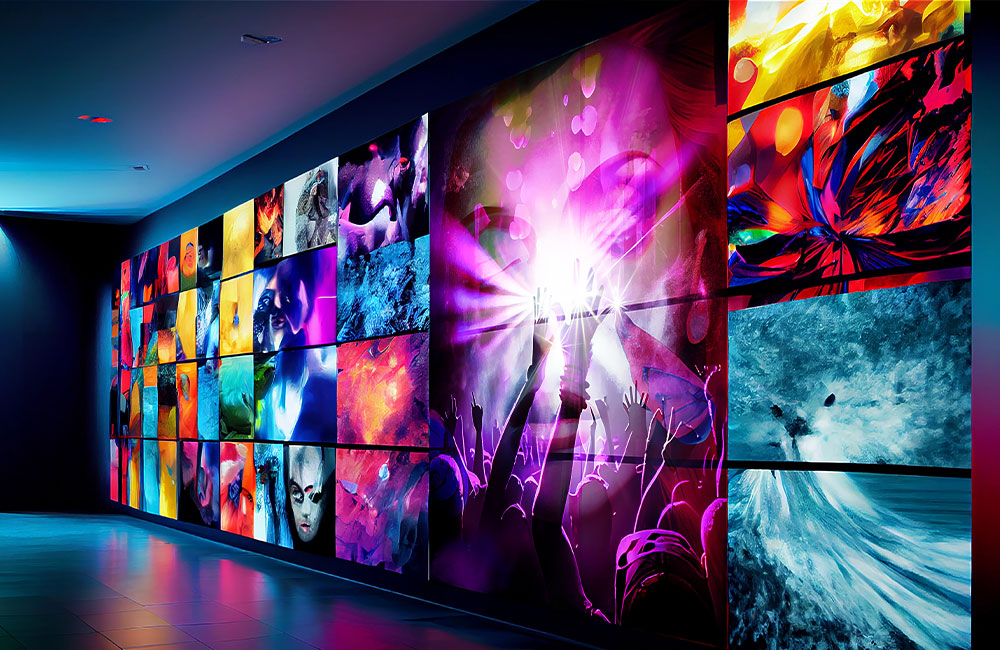LED panel screens have become progressively favored in current years, especially in settings like educational institutions, corporate spaces, and public areas. These panels use light-emitting lights (LEDs) to produce bright and vibrant visuals. One of the most notable advantages of LED technology is its durability compared to traditional screen methods, such as cathode ray monitors (CRTs) and liquid crystal screens. Grasping the distinctions in lifespan and functionality between these technologies can help consumers make knowledgeable choices about their screen needs.

Classic screen technologies, like CRTs, have been present for many decades. They were frequently used in TVs and PC screens. However, CRTs have a limited lifespan, typically lasting around 10,000 to 20,000 hours of use. This means that after a couple of years, users may observe a deterioration in picture clarity, such as fading or color distortion. In comparison, LED wall panels can last considerably longer, frequently exceeding 50,000 hours. This prolonged lifespan means that consumers can experience consistent functionality without the requirement for regular substitutions.
Another important factor to consider is power efficiency. LED wall screens consume less power than conventional screens, which not only helps the ecosystem but also lowers power expenses. For example, while a CRT screen may consume around 100 watts of energy, an LED panel can use as few as 30 to 50 W. This difference in power usage adds to the total durability of LED technology, as lower energy usage generates minimal thermal energy. Excessive heat can harm electrical components, leading to a reduced lifespan for traditional screens.
In furthermore to their extended lifespan and energy conservation, LED panel panels also offer enhanced visual quality. They provide brighter hues and better differentiation, making them ideal for multiple applications, from marketing to learning displays. The technology behind LED panels enables for a broader sight angle, meaning that images remain sharp and vibrant even when viewed from the flank. This is a major benefit over traditional displays, which often experience from hue deformation and diminished brightness at broader angles.
In conclusion, the longevity of LED panel screens in contrast to traditional display technologies is a key aspect for buyers to take into account. With lifespans that can surpass 50,000 hours, power conservation, and superior image quality, LED technology provides many advantages. As innovation continues to progress, LED wall panels are likely to turn even more common in various environments. Grasping these differences can assist people and entities make improved choices when purchasing in display innovation, ensuring they receive the optimal value for led wall panel viewing angles their requirements.
Comments on “Exploring the Longevity of Light Emitting Diode Wall Screens in Contrast to Traditional Screen Technologies”